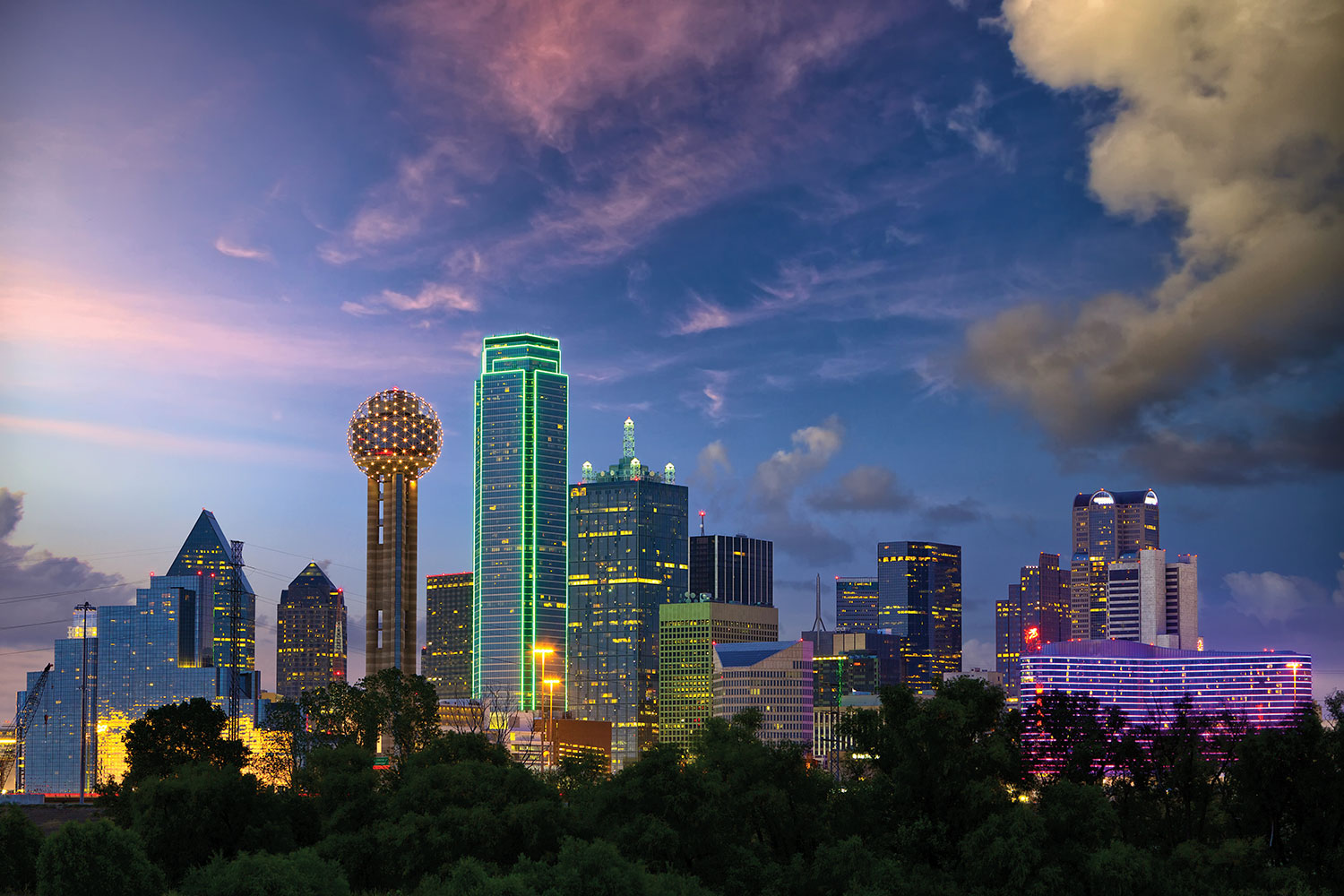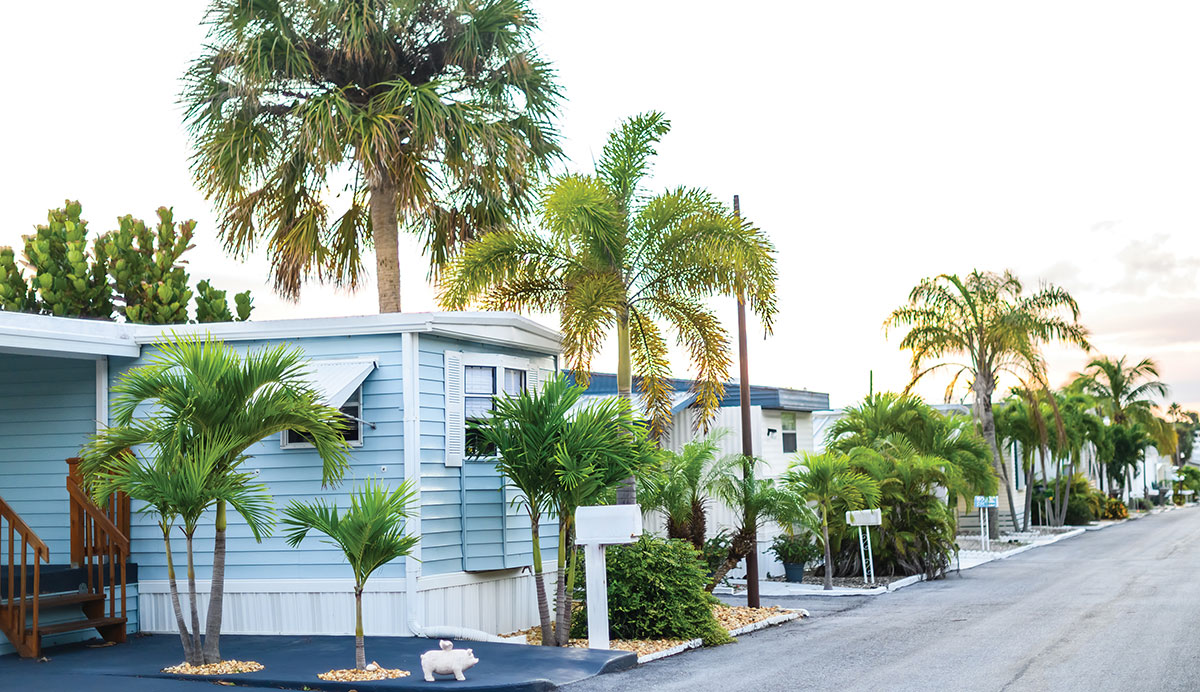Ask any code official who does this job long enough, or even a short time, and they will tell you that many times in their career, the building codes have been used as a “political poker chip,” whether it’s on a local or state stage, let alone special interest whose mind is made up about the discussion for good codes. I have experienced this again and again myself. So why are building codes important, and why listen to the educated opinion?
Each year the International Code Council (ICC) and the Federal Emergency Management Agency (FEMA) celebrate the month of May as Building Safety Month, and many politicians will sign proclamations to signify the importance of this event, and it is an important event. But how long does building safety remain an important event, for the month, for six months, or the whole year? Additionally, does complacency figure into how our elected bodies make their decision, not based on their mindset, but the mindset of the constituent who is giving public testimony against safer codes?
I was in a public hearing where a local contractor actually stated that sometimes we “kill someone.” Not acceptable in my eyes, or in the eyes of an enforcer, or a parent. Our mission is to keep people safe in the built environment; we don’t want to “kill someone!” I think I can say that most enforcement jurisdictions around the country really care about doing a great job. Because we really care and are passionate about our jobs, people can and do become complacent. They become complacent because we are effectively limiting many hazards through code adoptions and inspections.
So what are the issues with the codes, and why use them as a poker chip? One issue I’ve heard for over 25 years is the argument for a six-year cycle instead of a three-year cycle. First, we need to effectively explain to our governing bodies, as well as our state legislators, the importance of a three-year code cycle. Secondly, we need to do a great job explaining to these same bodies the need for competent, well-written, and thoroughly researched codes that help implement the most recent trends and technology on the market. It is a lot to ask a building official, who is busy with other duties, to constantly review requests to accept newer technologies under the Alternate Methods and Materials provisions of the codes. Let’s review these two areas briefly.
As I mentioned previously, for several years, I have heard that it is better to go to a six-year code cycle for the adoption of the building codes and that “everything in the code does not apply”….yes, I have been told that, and I’m sure I’m not alone. This issue is not unique to Florida, or Maryland, or New Mexico. These issues have been discussed for years around the country, and one thing is abundantly clear. The codes need to reflect the most current and best technologies for our citizens’ safety; alternative methods and materials can only cover so much of that parable. Each and every jurisdiction needs to ask themselves the very same question, what must we do to protect our citizens? Several came to a similar answer; we owe a “duty of care” to our citizens to protect them in the built environment with the best and most current editions of the building codes that are available. We, the Code Officials, are the experts in our industry of inspections, licensing, and permitting and function with no preconceived notion or prejudice other than keeping people safe in the built environment.
As many of us know as building safety professionals, building codes address many essential issues in our world, including public health, safety, and welfare in the built environment. The ICC’s Family of Codes, as well as the National Fire Protection Association’s (NFPA) codes, are developed by a deliberative process that applies developments incrementally (three-year cycles). In large part, the codes establish a building’s quality, safety as well as its energy performance for the useful life of the building. The initial design and construction decisions based on the owner’s needs and code requirements help determine working and upkeep costs for the life of the building. We would lose some of those benefits if we went to a six-year cycle, and many of our state adoptions are already using a code that is one, two, or even three cycles behind (the State of New Mexico is still on the 2009 IECC). Let’s hypothetically say we go to a six-year code cycle that could possibly mean codes being six (6) to ten (10) years behind industry developments.
So why are the codes important? I think most of us realize that a set of model codes help us ensure the best practices and codes are used at the beginning of construction when it matters most not just for the occupants but the lifespan of the buildings. The codes have been formulated to address enhanced protection against the threats of natural disasters and terrorism and make the communities we live in resilient, sustainable, and livable for generations to come, which lowers the price of mitigation for building owners. An aspect that I dare say is not lost on us in various regions of the United States that experience hurricanes, tornados, wildfires, etc. [something the Federal Emergency Management Association (FEMA)1 has chimed in on as well].
When we advise our state and local governments to adopt and enforce model codes, such as the I-Codes and NFPA codes, which are updated every three years, we are helping to ensure the most current data is a vital part of new buildings in our jurisdictions. Conversely, when we do not adopt and enforce current codes, we are allowing the construction of buildings that do not meet the current consensus on minimum public health and safety technologies and measures. Dejectedly, most people will never know that the buildings they occupy may be constrained by out-of-date codes and standards. Our duty of care as a jurisdiction is to ensure the buildings they occupy daily meet the current consensus on fire safety, life safety, building safety, and structural integrity.
In the FEMA article titled “Why Should Strong Building Codes Matter to You?” It was noted that by enforcing the minimum requirements of the model building codes, structures have become ever more disaster-resistant than previous editions. Constructing a building to the newest codes helps protect the occupants of the building. Further, this article addresses that in “April 2020 National Institute of Building Sciences study found that adopting modern model building codes saves $11 for every $1 invested through earthquake, flood, and wind mitigation benefits, with a $4 to $1 wildfire mitigation benefit”1. This is a poker chip that I assume each governing body and legislator would like to have in their pocket as a leader of the community and as a homeowner.
Lastly, lest we forget from the ICC News Release of August 14, 2019, FEMA called for requiring up-to-date building codes in federal and state grants and programs. As stated in the release, “One of the most critical recommendations in the strategy with immediate implications is Up-to-date building codes and standard criteria should be required in federal and state grants and programs. To the Code Council’s knowledge, FEMA is currently the only federal agency that requires adherence to the latest codes and standards in a grant program.”2 These lessons are learned by experiencing natural and man-made disasters; it would be concerning if we didn’t learn from these experiences. I think we are smarter than that, but I think we as Building Officials need to do a better job touting this to anyone and everyone who will listen!
As a building code administrator, and the director of a building safety department, I am a believer in the vigorous enforcement of the codes to help save lives and protect our citizens in the built environment. Many times in the past, I have stated that “sometimes we have to protect people from their selves,” by keeping good safe codes, uniform enforcement, and a three-year adoption cycle will ensure we have the tools to do so.
References
- fema.gov
- iccsafe.org











Find Us on Socials